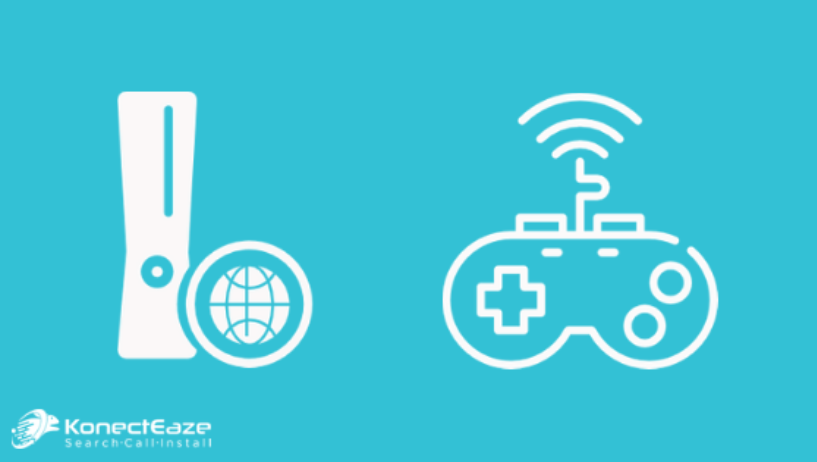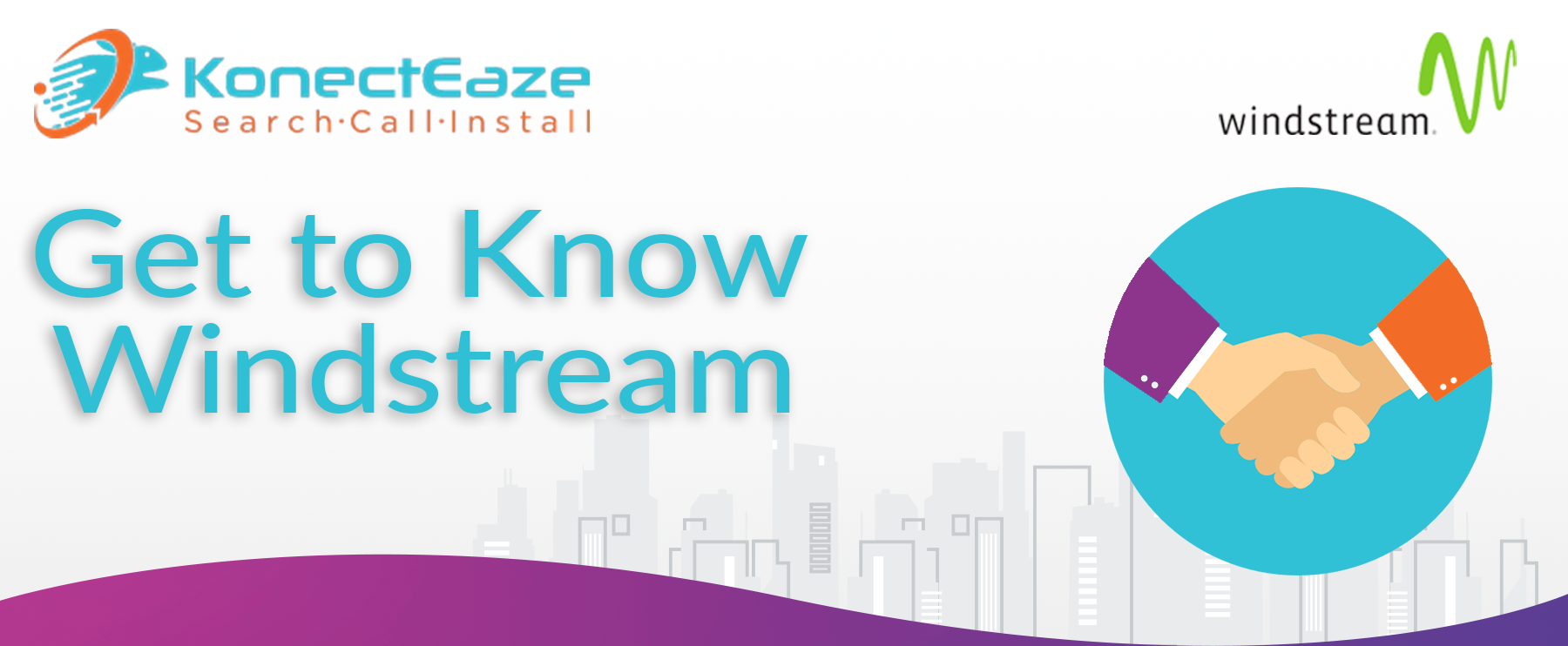Comparing DSL vs Cable Internet: Which is Better?
Choosing the right internet connection is crucial. This guide compares DSL and cable internet, examining their speed, reliability, and cost to help you make an informed decision.

Comparing DSL vs Cable Internet: Which is Better?
In the quest for the best internet service, understanding the differences between DSL and cable internet is crucial. These two types of connections are among the most popular in the United States, each offering unique benefits and drawbacks. This guide will explore DSL and cable internet, highlight the top internet service providers (ISPs) for each type, and help you decide which option best suits your needs.
Understanding DSL and Cable Internet
DSL InternetDSL (Digital Subscriber Line) uses existing telephone lines to deliver internet service. It is widely available, especially in rural areas, making it a viable option for those with limited access to other types of broadband. DSL speeds typically range from 3 Mbps to 115 Mbps, with prices between $20 and $70 per month.
Cable InternetCable internet uses coaxial cables, the same as those used for cable television, to provide internet service. It is known for higher speeds, ranging from 10 Mbps to 1,200 Mbps, and generally costs between $20 and $125 per month. Cable internet is more prevalent in urban and suburban areas.
Top DSL and Cable Internet Providers
To make an informed decision, it's essential to know the leading ISPs for DSL and cable internet.
Best DSL Internet Providers- AT&T: Known for its wide availability and decent broadband speeds, AT&T offers DSL plans with speeds up to 100 Mbps. Plans start at $55 per month, making it a solid option for those in areas where DSL is the primary choice.
- CenturyLink: Ideal for rural areas, CenturyLink provides DSL services with various speed options. Prices start at $30 per month, and speeds can reach up to 940 Mbps in some locations.
- Kinetic: Offers competitive pricing and unlimited data, with speeds up to 100 Mbps. Plans start at $39.99 per month, making it a great choice for budget-conscious consumers.
- Xfinity: As the largest cable ISP in the U.S., Xfinity offers a wide range of plans with speeds up to 1 Gbps. Their plans are known for reliability and extensive coverage, with prices starting around $20 per month.
- Spectrum: Known for straightforward pricing and no data caps, Spectrum provides cable internet with speeds up to 1 Gbps. Plans start at $49.99 per month, making it a popular choice for those seeking high-speed internet without contractual obligations.
- Cox Communications: Offers flexible plans with speeds up to 1 Gbps. Cox is known for its customer service and bundle options, with prices starting at $29.99 per month.
Pros and Cons of DSL and Cable Internet
| DSL Internet | Cable Internet | |
|---|---|---|
| Pros |
|
|
| Cons |
|
|
Comparison of Speed, Reliability, and Cost
| DSL Internet | Cable Internet | |
|---|---|---|
| Speed |
|
|
| Reliability |
|
|
| Cost |
|
|
What is the choice for you?
Choosing between DSL and cable internet depends on your specific needs, location, and budget. Here are some recommendations:
- For Rural Areas: DSL is likely the best option due to its availability and cost-effectiveness. Consider providers like CenturyLink or AT&T for reliable service.
- For High-Speed Needs: If you require high-speed internet for activities like gaming or streaming, cable internet is the better choice. Xfinity and Spectrum offer excellent high-speed options.
- Budget Considerations: If budget is a primary concern, DSL offers more affordable plans, but cable may provide better value for high-speed needs.
Your decision should be based on evaluating your specific needs against the features and limitations of each type.




